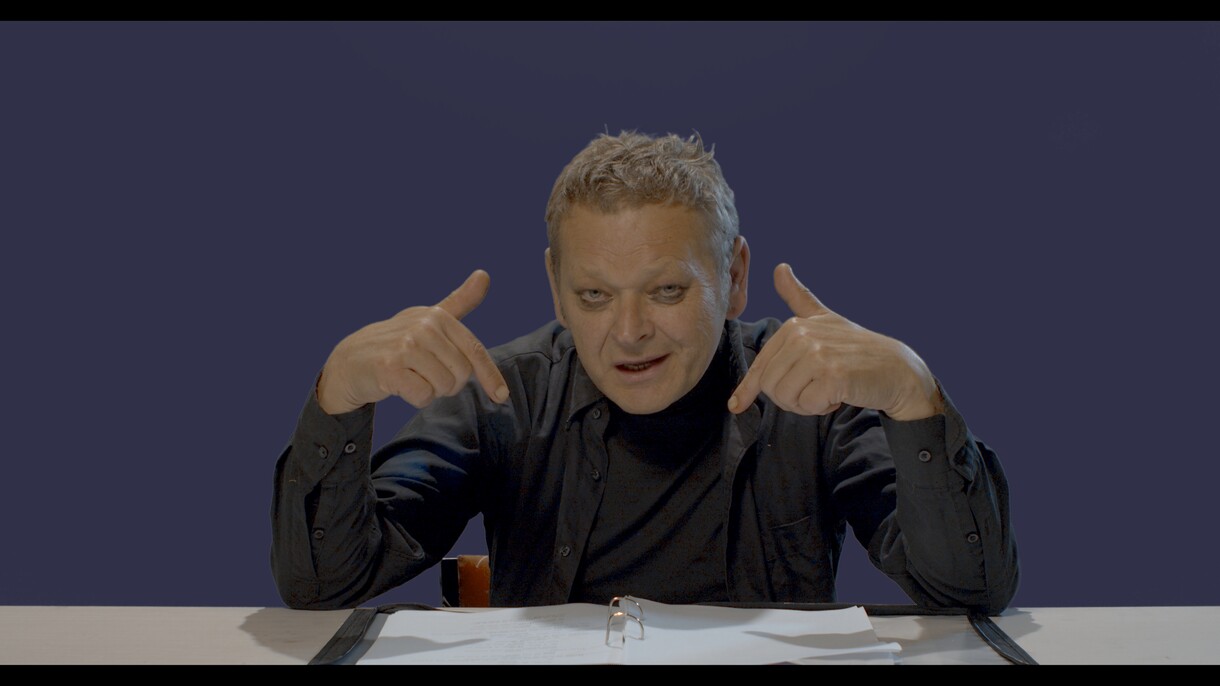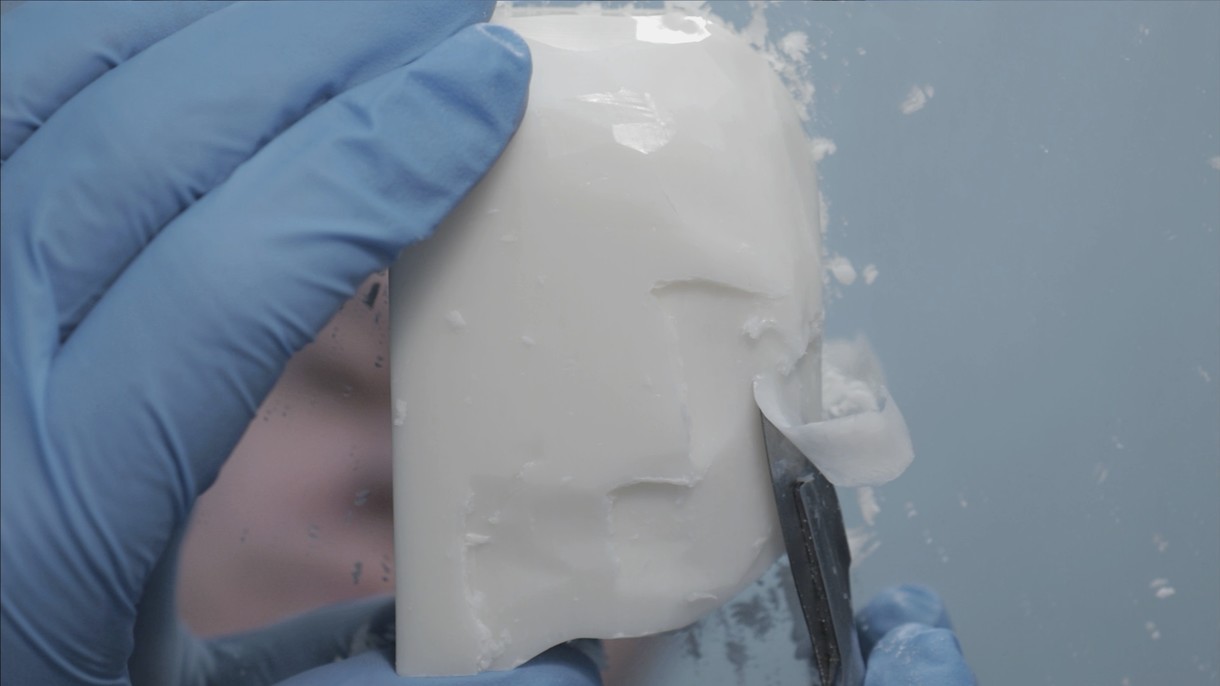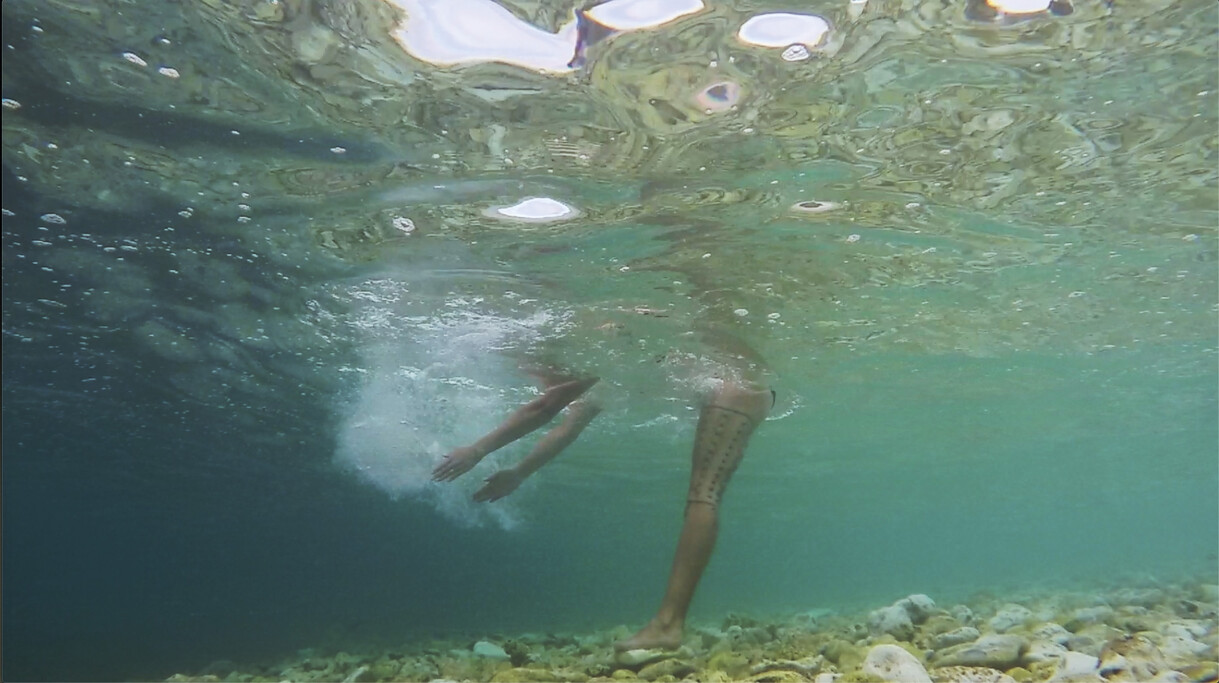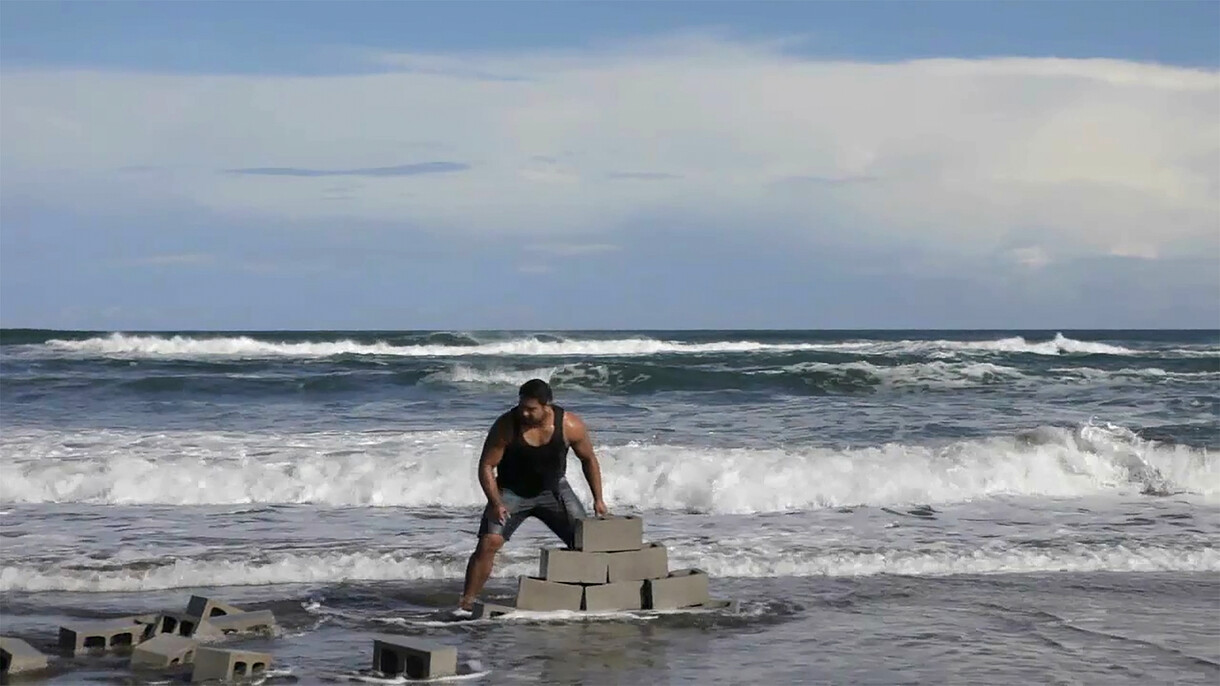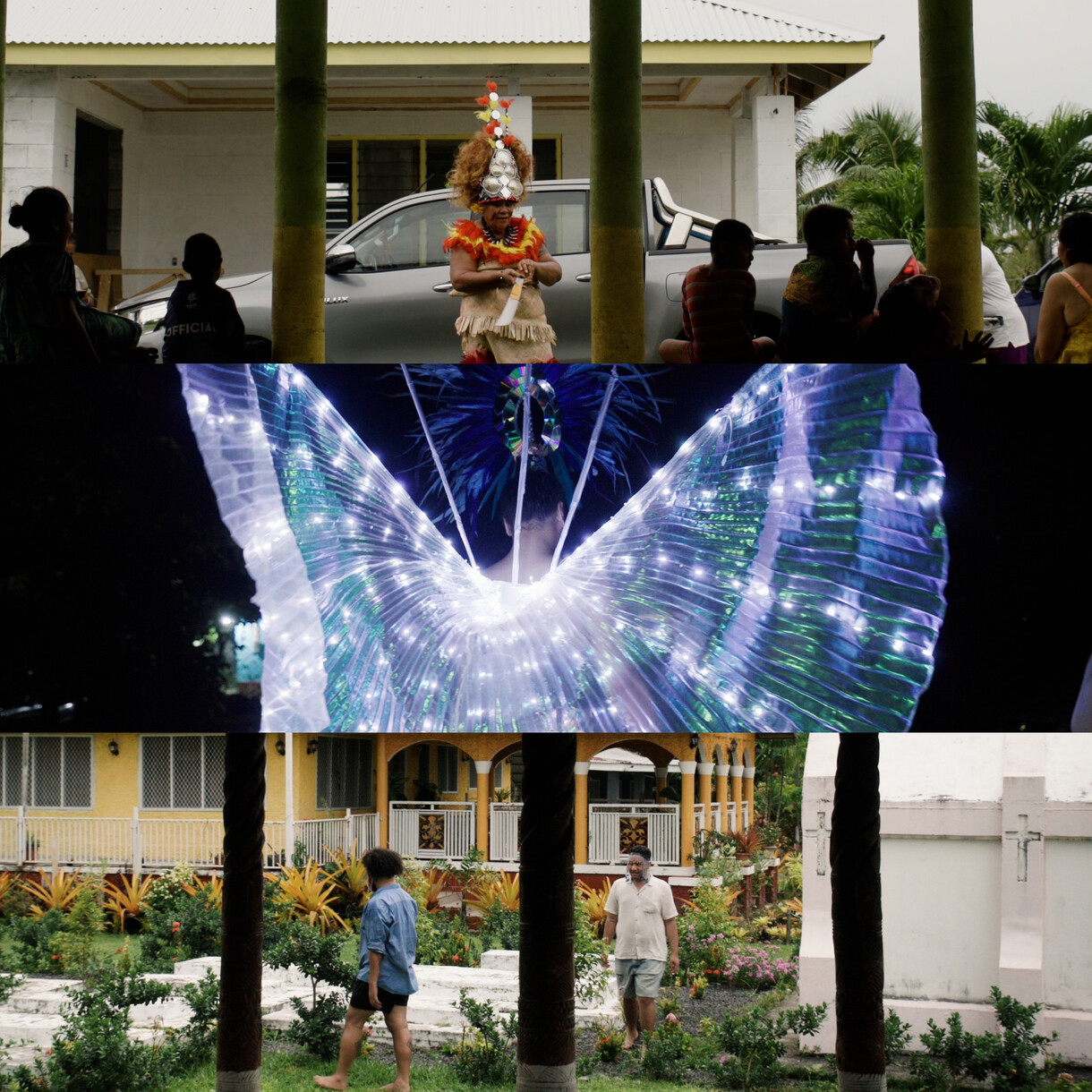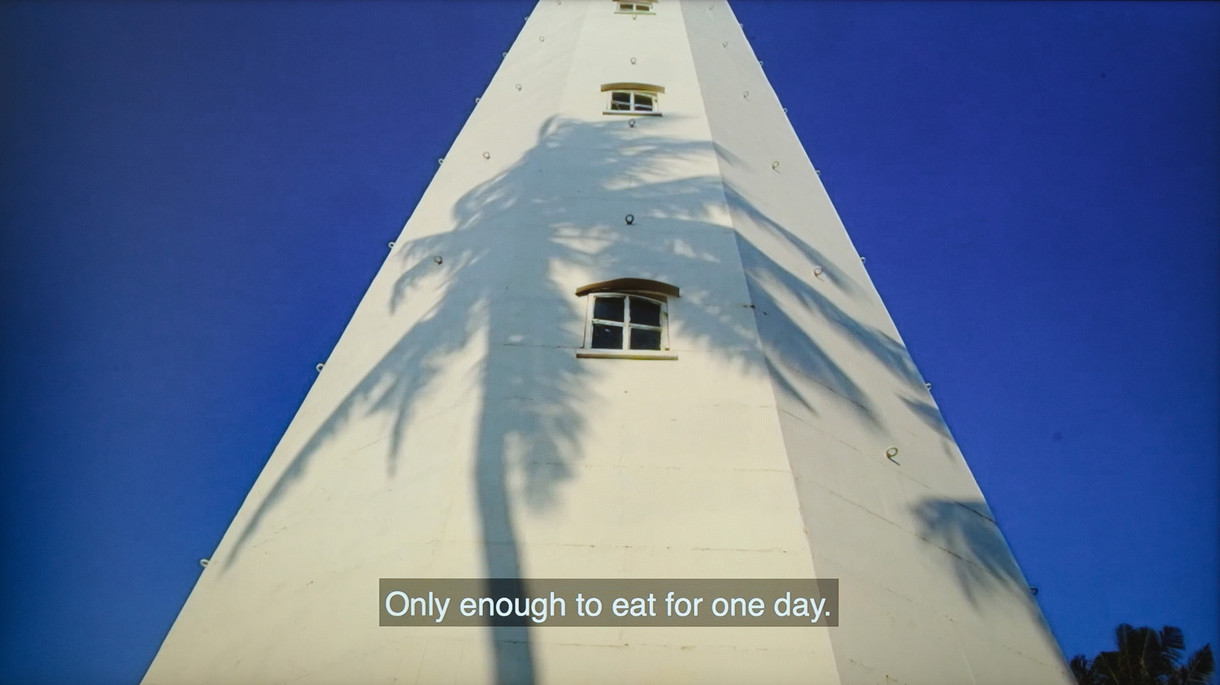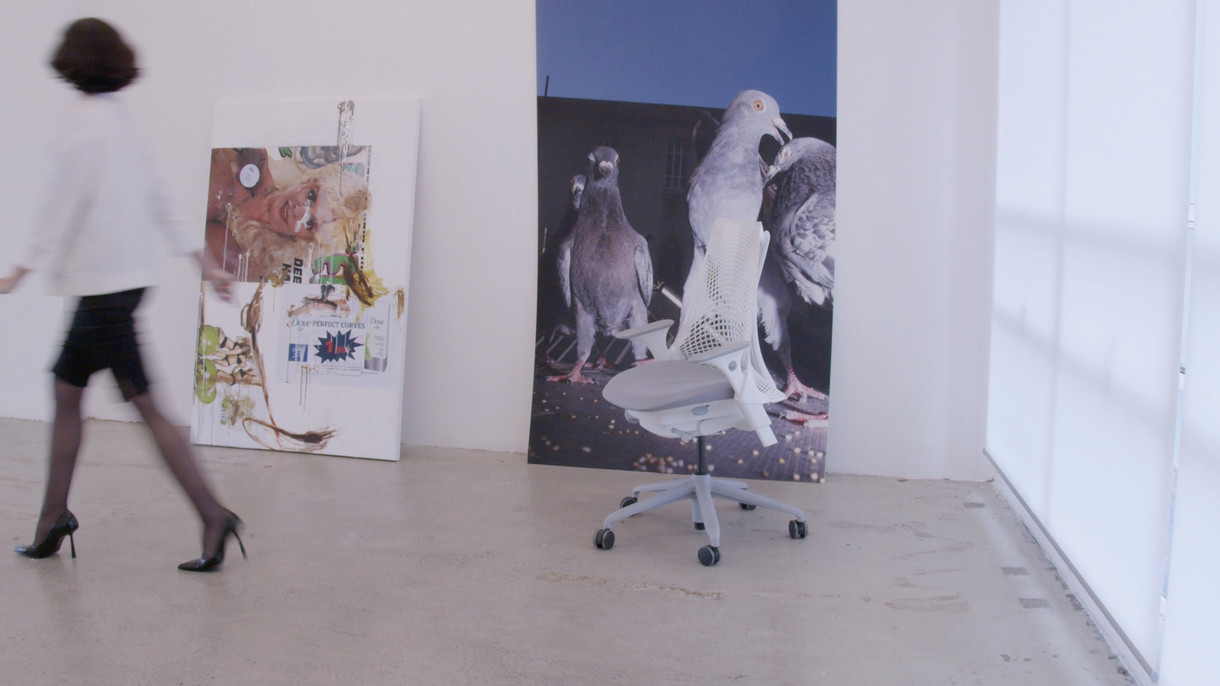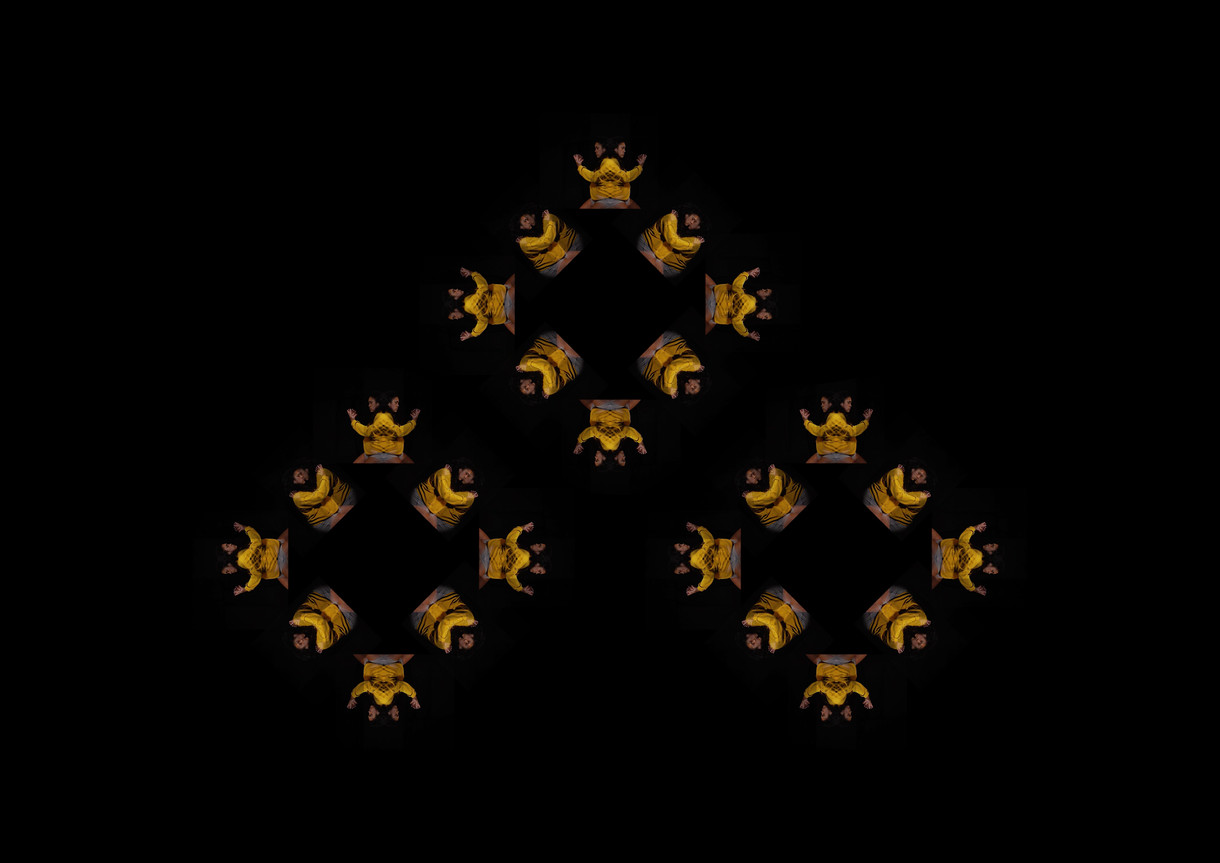B.
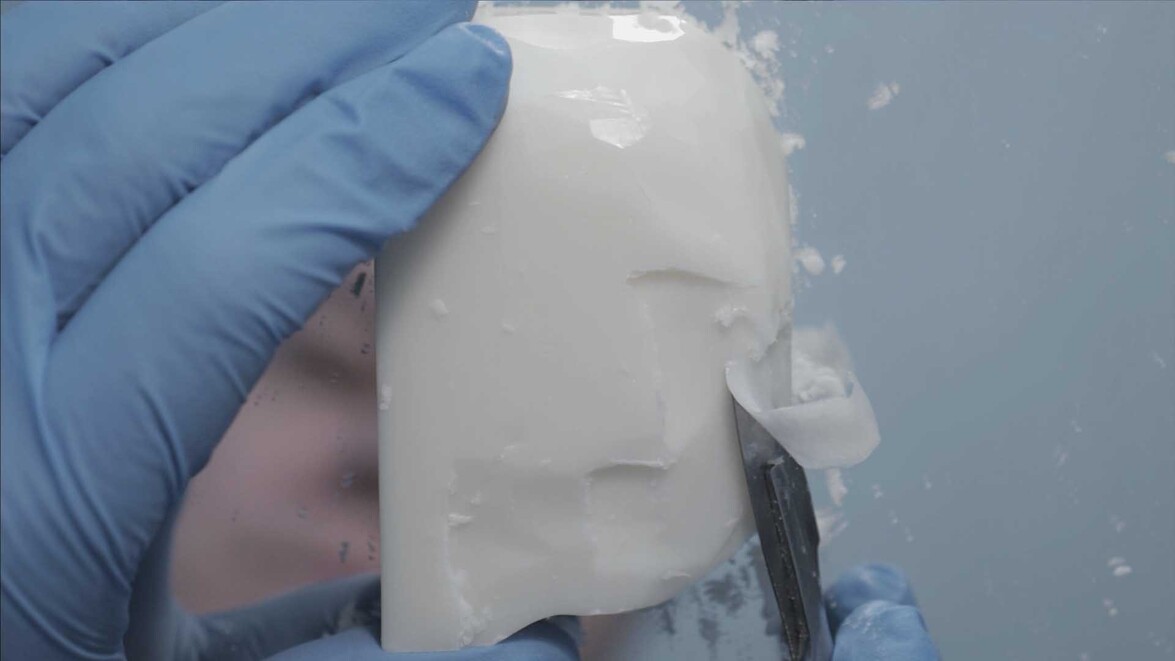
James Oram Simulacrum 2020. Single-channel HD digital video, colour, sound, duration 22 min. Courtesy of the artist
A Quick Q&A with James Oram
Note
Over lockdown, Ōtautahi artist James Oram made a new work for our online exhibition Spheres: An Online Video Project. I asked him a few questions about the making of the work, which is up on our website until the end of October.
Simulacrum makes me think of Michelangelo, “Every block of stone [soap?] has a statue inside it and it is the task of the sculptor to discover it.”… Did it feel a little bit like carving the soap would reveal something from within? Is there a portrait within every soap waiting to be let out?
My interest in the act of revealing a figure was that it took form from a material associated with purification, disinfection, cleanliness etc. In this case the figure was more of a copy or double of the sculptor mirrored in the background of the video, than a pre-existing form waiting to be revealed.
I know that soap carving has a history going back hundreds of years. The translucent quality and resulting soft 'fleshiness' of marble was desirable for statues, and these are qualities shared by soap.
Perhaps this shared trait along with soaps ease of carving, low cost, and ability to retain fine detail has something to do with its popularity as a sculptural medium.
How many bars of soap did you get through in the making of this work?
In order to find the soap with the perfect carving and flaking characteristics I tried most of the bars available during lockdown, around twenty or so different types. Once I had selected the soap type only five or so blocks were used for the various takes before the creation of the final video. Overall, including unused soaps, I had at least forty bars of soap hanging around the studio.
With the focus on hygiene and hand washing, this work becomes a sort of record of lockdown and our Covid response. Did this work come from thinking a lot about hand washing and the demand for soap?
I wasn't thinking specifically about soap and the washing of hands. The work came more from broadly thinking about our attempts to control the situation at the time, and of trying to create and maintain a sort of 'clean' population.
How do you think that this period of self-isolation has affected us? Did it change the way that you think about making work?
It didn't really change my thoughts about art making as I spend a lot of time alone in the studio anyway. The main obstacle for me was the difficulty in sourcing material.
This is literally a squeaky clean portrait that can make us think about portraiture and representation, was your interest in making a portrait related to the idea that this would be viewed online and how social media has influenced our self-perception?
I definitely see Simulacrum as referencing those processes, and not solely as a reaction to the Covid situation. The fact that there are facilities which allow us to control how we present ourselves online can result in a manicured, sanitized version of an identity. The construction and sharing of that image can be an idealised and selective process.
Similarly, the creation and presentation of the soap face in Simulacrum sits forward in the screen, partially obscuring the creator in the background.
